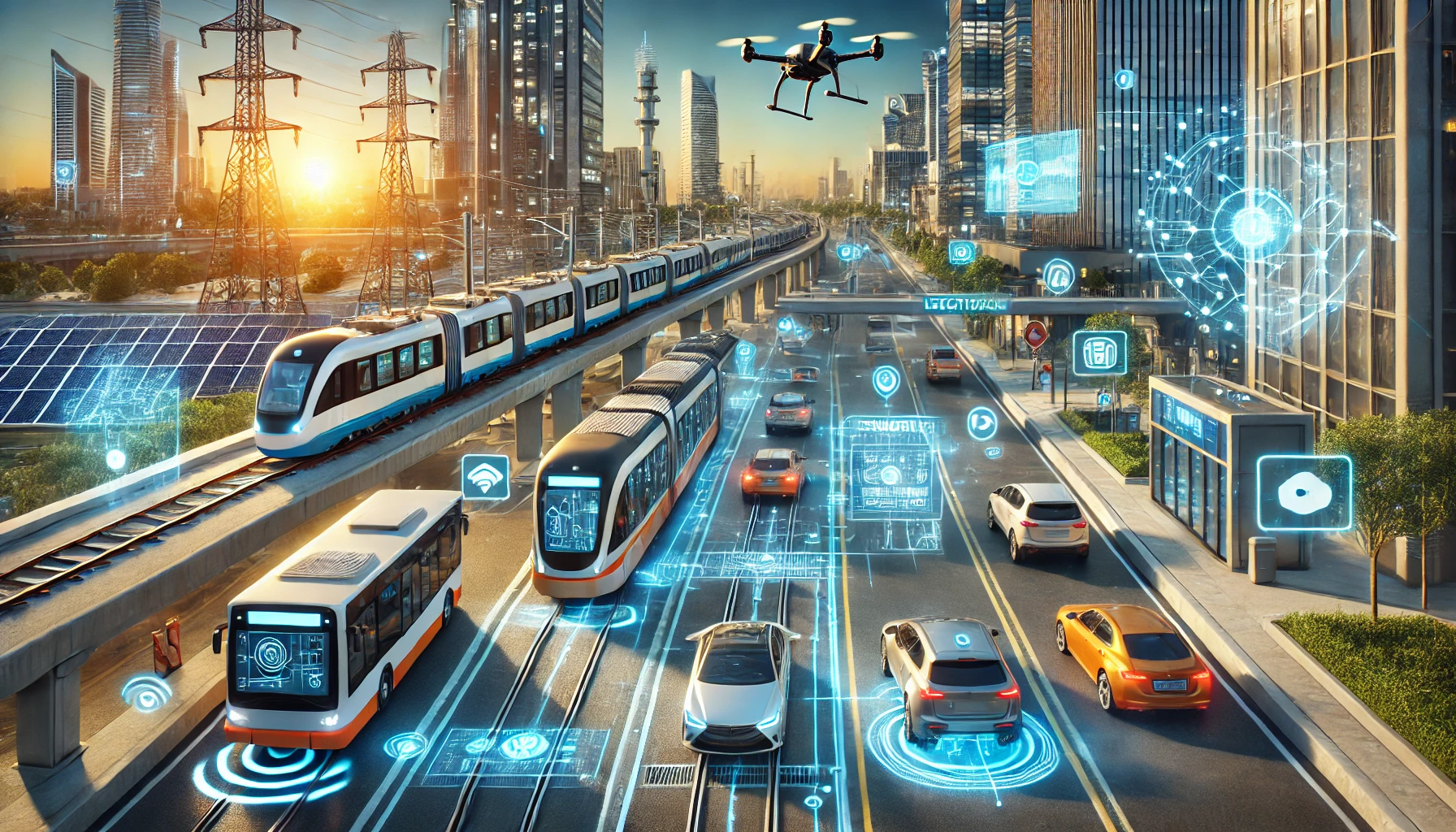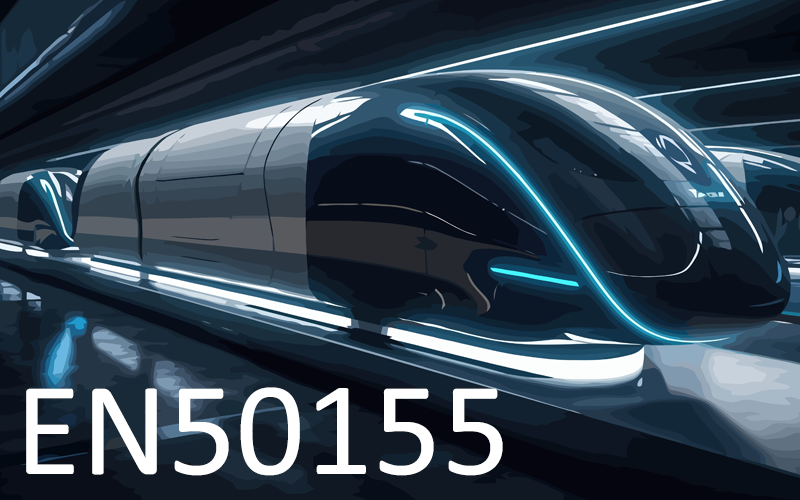Industrial Automation and Industrial Electronics in the Transportation Industry
The transportation industry is undergoing a profound transformation driven by advancements in industrial automation and industrial electronics. These technologies are reshaping how goods and people move, enhancing efficiency, safety, and sustainability. From automated vehicles to smart logistics solutions, the integration of automation and electronics is revolutionizing the transportation landscape.
The Role of Industrial Automation in Transportation
Industrial automation involves the use of control systems, computers, and robotics to operate machinery and processes with minimal human intervention. In transportation, automation plays a vital role in various areas, including road transport, railways, aviation, and maritime operations.
1. Automated Vehicles
One of the most visible examples of industrial automation in transportation is the development of automated vehicles, commonly known as self-driving cars. These vehicles use a combination of sensors, cameras, radar, and artificial intelligence (AI) to navigate and operate without human input.
Automated driving systems are designed to handle a variety of driving conditions, from highway cruising to urban environments. They continuously collect data about their surroundings, allowing them to make real-time decisions, such as adjusting speed, changing lanes, or stopping for pedestrians. This technology not only promises to improve road safety by reducing human error but also aims to optimize traffic flow and reduce congestion.
2. Smart Public Transport Systems
Public transportation systems are increasingly adopting automation technologies to enhance service delivery. Automated transit systems, such as driverless trains and buses, are becoming more common in cities around the world. These systems can operate on fixed routes, with precise schedules, thereby improving reliability and efficiency.
For example, automated metro systems use sophisticated control systems to manage train operations, ensuring optimal spacing between trains and minimizing delays. Passengers benefit from improved service frequency and reduced waiting times, making public transport a more attractive option.
Industrial Electronics in Transportation
Industrial electronics encompass a broad range of technologies that support automation and control in transportation systems. This includes sensors, communication devices, power electronics, and data analytics tools that facilitate seamless operation.
1. Sensors and Monitoring Systems
Sensors are essential for collecting data in transportation systems. In automated vehicles, a variety of sensors, including lidar, cameras, and ultrasonic sensors, are used to perceive the environment. These sensors provide critical information about obstacles, road conditions, and other vehicles, enabling safe navigation.
In public transportation, sensors monitor the health of vehicles and infrastructure. For instance, rail systems use sensors to detect track conditions and identify potential faults before they become serious issues. This proactive maintenance approach helps prevent accidents and reduces downtime, enhancing overall safety and reliability.
2. Power Electronics and Energy Management
Power electronics play a crucial role in the electrification of transportation. Electric vehicles (EVs) rely on advanced power electronics to manage the conversion of energy from the battery to the electric motor. This technology not only improves efficiency but also enhances performance by enabling regenerative braking systems that recover energy during deceleration.
In addition, the integration of smart grids and energy management systems is critical for the widespread adoption of electric transportation. These systems optimize the charging of electric vehicles, balancing demand with energy supply from renewable sources, thereby minimizing environmental impact.
3. Communication and Data Analytics
Effective communication systems are vital for the operation of modern transportation networks. Vehicle-to-vehicle (V2V) and vehicle-to-infrastructure (V2I) communication technologies enable real-time data exchange, allowing vehicles to share information about traffic conditions, accidents, and other hazards. This connectivity enhances situational awareness and improves safety.
Data analytics plays a significant role in optimizing transportation operations. By analyzing historical and real-time data, transportation agencies can make informed decisions about routing, scheduling, and resource allocation. Predictive analytics can also help anticipate demand and optimize fleet management, leading to reduced operational costs and improved service.
Benefits of Automation and Electronics in Transportation
The integration of industrial automation and electronics in transportation provides numerous benefits:
- Enhanced Safety: Automation reduces the likelihood of human error, a leading cause of accidents. Automated systems can react faster than humans, improving overall road and transit safety.
- Increased Efficiency: Automated systems optimize routing, scheduling, and traffic flow, reducing delays and improving the utilization of transportation assets. This leads to lower operational costs and better service for passengers and freight.
- Sustainability: The shift toward electric vehicles and smart energy management systems helps reduce greenhouse gas emissions and fossil fuel dependence. By integrating renewable energy sources into transportation networks, the industry can contribute to a more sustainable future.
- Cost Savings: Automation reduces the need for human operators in certain roles, lowering labor costs. Additionally, improved maintenance practices lead to longer asset lifespans and reduced repair costs.
- Better Customer Experience: Enhanced reliability and efficiency of public transport systems improve the overall passenger experience, encouraging more people to use public transit and reducing congestion on roads.
Challenges and Future Trends
Despite the many benefits, challenges remain in the implementation of industrial automation and electronics in transportation. High initial investment costs, regulatory hurdles, and public acceptance are significant barriers that must be addressed. Furthermore, ensuring cybersecurity in connected transportation systems is crucial, as vulnerabilities could lead to safety risks.
Looking ahead, the transportation industry is poised for continued evolution. The development of fully autonomous vehicles and the expansion of smart transportation networks will enhance mobility and efficiency. Additionally, the integration of AI and machine learning will further optimize operations, enabling adaptive and responsive transportation systems.




